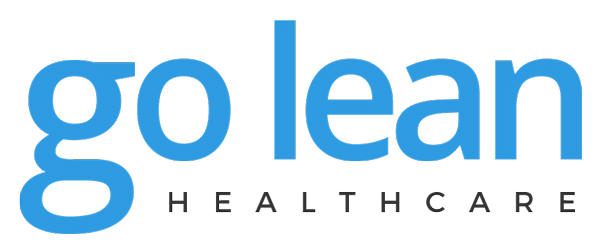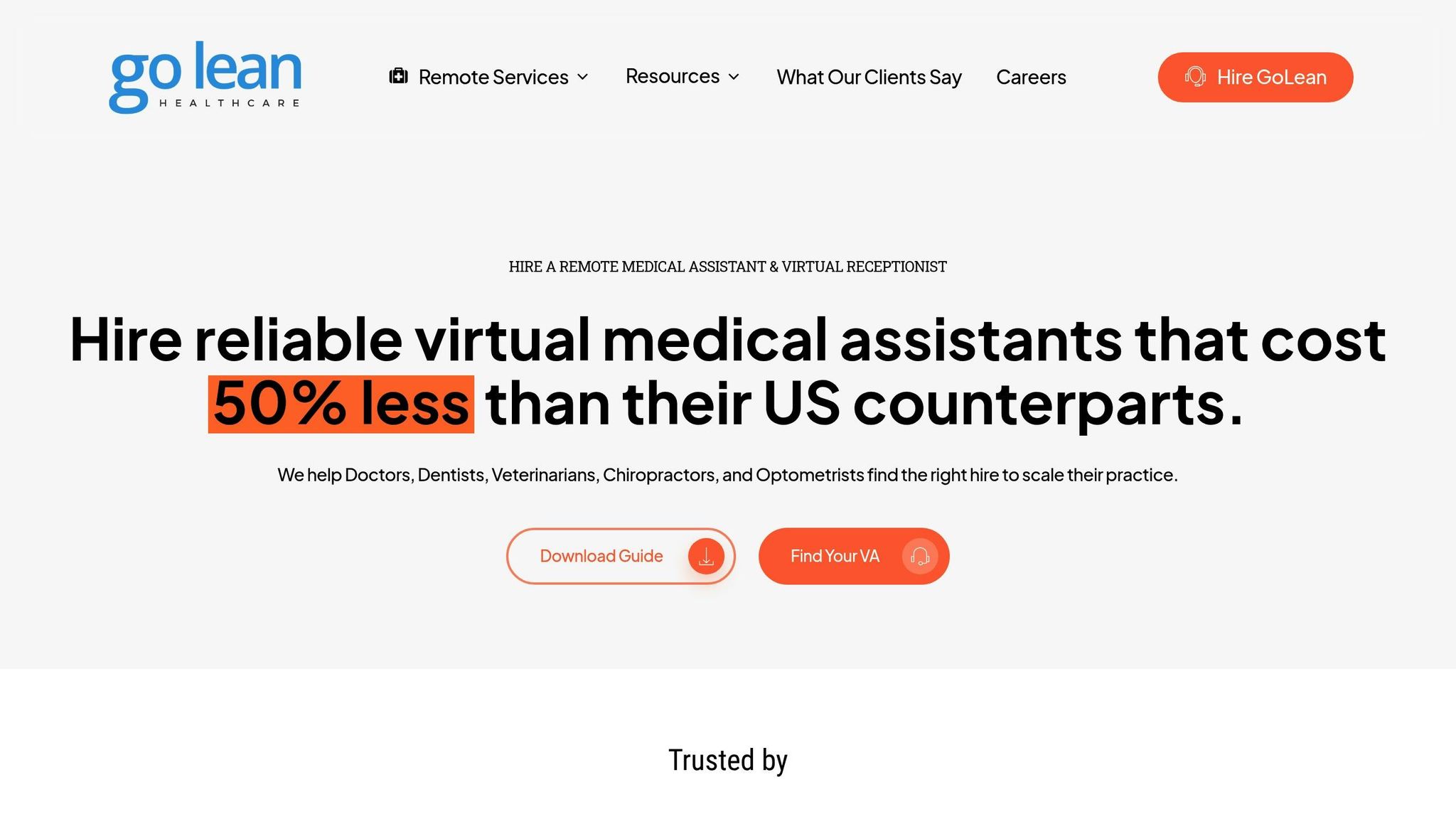Remote healthcare work requires strict HIPAA compliance to protect patient data. With the rise of remote teams, healthcare providers face challenges like securing networks, managing devices, and ensuring workspace privacy. Here’s how to address these issues:
- Secure Networks: Use VPNs, encrypted connections, and intrusion detection systems.
- Device Management: Implement Mobile Device Management (MDM), enforce encryption, and separate work from personal data.
- Workspace Privacy: Use privacy screens, secure physical documents, and ensure audio confidentiality.
- HIPAA-Compliant Tools: Choose platforms with features like end-to-end encryption, multi-factor authentication, and audit trails.
- Staff Training: Regularly train employees on privacy rules, secure practices, and incident reporting.
Key Takeaway: Combining secure tools, trained staff, and strict protocols ensures patient data stays protected in remote healthcare environments.
The HIPAA Compliance Guide for Remote Workers
Remote HIPAA Compliance Challenges
Healthcare providers face numerous obstacles in ensuring HIPAA compliance, especially when managing sensitive patient data in remote work settings. These challenges require careful strategies to secure patient information while maintaining efficient operations.
Network and Device Security Risks
Remote work setups often come with increased risks to Protected Health Information (PHI). Personal devices and home networks typically lack the high-level security found in enterprise environments, leaving them vulnerable to breaches.
Key concerns include:
- Unsecured Wi-Fi Networks: Home and public networks may not use WPA3 encryption, making them easier to exploit.
- Unprotected Personal Devices: Devices without endpoint security measures are more prone to malware.
- Outdated Systems: Operating systems and software that aren’t updated can have exploitable vulnerabilities.
- Dual Use of Devices: Using the same device for both work and personal activities increases malware risks.
These vulnerabilities make it essential to secure not just devices but also the PHI they access.
PHI Data Protection Issues
Handling PHI remotely introduces unique challenges. The risk of unauthorized access increases significantly when sensitive information is managed outside controlled office environments.
"My VA has become a valuable part of my business. Her sensitivity and care for patient data have earned my utmost trust." – Dr. Marissa Toussaint, Anise Medical [1]
Some of the most pressing data protection concerns include:
| Challenge | Impact | Required Action |
|---|---|---|
| File Sharing | Risk of unauthorized access | Use encrypted file transfer systems |
| Screen Privacy | Potential visual exposure of PHI | Require privacy screens and secure setups |
| Data Storage | Vulnerability of local storage | Enforce encrypted, cloud-based solutions |
In addition to securing digital data, physical workspace security is equally important.
Remote Workspace Security
Home offices bring their own set of security challenges for healthcare providers. Without proper safeguards, sensitive patient data can be exposed to unauthorized individuals.
Common issues include:
- Secure Handling of Printed PHI: Ensuring proper storage and disposal of physical documents.
- Screen Privacy: Preventing on-screen PHI from being visible to others.
- Audio Privacy: Ensuring confidential conversations during virtual consultations remain private.
- Access Control: Limiting who can enter the workspace during working hours.
To tackle these issues, healthcare providers must implement strict security protocols and ensure all remote staff undergo comprehensive HIPAA training. Additionally, Business Associate Agreements (BAAs) with remote staffing providers are critical for maintaining legal compliance and protecting patient information.
Secure Communication Tools
Use HIPAA-compliant tools to safeguard PHI while enabling effective remote collaboration.
Secure Messaging and Video Tools
HIPAA-compliant platforms should include the following features:
| Feature | Security Requirement | Purpose |
|---|---|---|
| End-to-end Encryption | 256-bit AES encryption | Protect messages and file transfers |
| Multi-factor Authentication | Identity verification | Block unauthorized access |
| Audit Trails | Activity logging | Monitor PHI access and sharing |
| Auto-logout | Timeout settings | Secure idle devices |
Ensure remote staff are trained in secure practices, such as verifying encrypted connections and managing credentials properly.
Email and Network Security
To secure emails and networks, implement these key measures:
- Enforce TLS encryption for sending PHI via email
- Require VPNs for all system access
- Use intrusion detection systems to monitor threats
- Keep all security patches up to date
Create clear guidelines for handling PHI in emails, including rules for secure attachments and appropriate subject line usage. Additionally, securing individual devices is just as important as network protection.
Device Security Management
-
Mobile Device Management (MDM):
- Enable remote wiping for lost or stolen devices
- Enforce security policies and monitor compliance
- Restrict app installations to approved options
-
Device Access Controls:
- Require strong authentication and auto-lock features
- Use encrypted storage for sensitive data
- Conduct regular security scans
-
BYOD (Bring Your Own Device) Policies:
- Mandate security software installation
- Perform regular compliance checks
- Separate work and personal data
- Define procedures for retiring devices
These steps help healthcare providers protect patient information while effectively managing remote teams.
sbb-itb-109dad4
Remote HIPAA Compliance Guidelines
Set up measures to protect PHI while ensuring smooth remote operations.
Staff HIPAA Training
Remote healthcare staff must be well-trained to handle Protected Health Information (PHI) securely. Training should include:
| Training Component | Key Elements | Frequency |
|---|---|---|
| Privacy Rules | Identifying PHI and understanding patient rights | Initial + Annual refresh |
| Security Protocols | Data encryption, secure access practices | Quarterly updates |
| Documentation | Record keeping and incident reporting | Monthly reviews |
In addition to training, tightly controlling data access is critical to safeguarding PHI in remote environments.
Data Access Controls
Protecting PHI in remote setups requires strict data access controls. Key steps include:
- Role-Based Access: Assign access permissions based on job roles.
- Authentication Protocols: Use multi-factor authentication for all PHI access.
- Access Monitoring: Log and track every interaction with PHI.
Regularly review access permissions, immediately revoke access for departing staff, enforce session timeouts, and ensure secure credential management.
Security Monitoring
Consistent monitoring is essential to maintain the effectiveness of these measures. Focus on:
- Monthly Security Audits: Identify risks, document findings, and take corrective actions.
- Compliance Verification: Use automated tools to monitor network access, device security, and data transmission for HIPAA compliance.
- Incident Response Planning: Prepare for breaches with clear procedures for identifying, notifying, documenting, and resolving issues.
Partner with service providers who uphold strong HIPAA compliance practices, including signed Business Associate Agreements (BAA) and thorough staff training programs.
GoLean‘s HIPAA Compliance Features
GoLean enhances HIPAA compliance by securing every step of the process – from staff training to service delivery. Its certified staff and secure tools make maintaining compliance in remote operations seamless.
HIPAA-Certified Remote Staff
Every GoLean virtual assistant undergoes rigorous training and certification in key areas:
| Training Area | Components | Verification |
|---|---|---|
| Secure PHI Handling | Data privacy protocols, secure communication methods | HIPAA certification |
| EMR Systems | System-specific security protocols, access management | EMR proficiency testing |
| Record-Keeping | Compliant documentation, incident reporting | Regular assessments |
"My experience with GoLean has been amazing… he already knows how to use the EMR and was already certified for customer service, HIPAA, and more. It had cut down hours of staff training for me, since he got to work right away." – Dr. Venkata Aligeti, Interventional Cardiologist [1]
With expertly trained staff, GoLean ensures secure onboarding right from the start.
Secure Onboarding Process
GoLean’s onboarding process is managed by a dedicated coach and includes:
- Business Associate Agreement (BAA) execution
- Configuring access controls
- Setting up secure communication channels
These measures provide a strong foundation for compliance and ongoing monitoring.
Specialized Support Services
In addition to staffing and onboarding, GoLean offers services designed to protect PHI. Starting at $8.50 per hour, remote assistants can manage:
- Medical billing with secure payment handling
- Insurance verification while safeguarding sensitive data
- HIPAA-compliant Spanish translation
- Secure EMR management
Each service is backed by compliance protocols and handled by staff trained in both HIPAA standards and healthcare administration.
Summary
This section highlights the essential steps for maintaining HIPAA compliance in remote communication. Using secure tools, well-trained staff, and clear protocols is crucial for safeguarding patient data while managing remote operations effectively.
Here’s a breakdown of the key components for ensuring HIPAA compliance in remote settings:
| Component | Key Requirements | How to Implement |
|---|---|---|
| Staff Training | HIPAA certification, EMR knowledge | Conduct regular evaluations and updates |
| Security Measures | Encrypted communication, secure devices | Perform ongoing monitoring and audits |
| Access Controls | Role-based permissions, authentication | Maintain detailed documentation and regular reviews |
Healthcare providers can enhance their remote operations by working with services like GoLean. Their virtual medical assistants, starting at $8.50 per hour, handle tasks such as medical billing and EMR management while adhering strictly to HIPAA guidelines. This example shows how robust training and security measures can make remote operations both efficient and compliant.
As healthcare administration increasingly shifts toward remote teams, using secure systems, compliant communication tools, and skilled professionals ensures patient data stays protected while adapting to modern operational needs.




